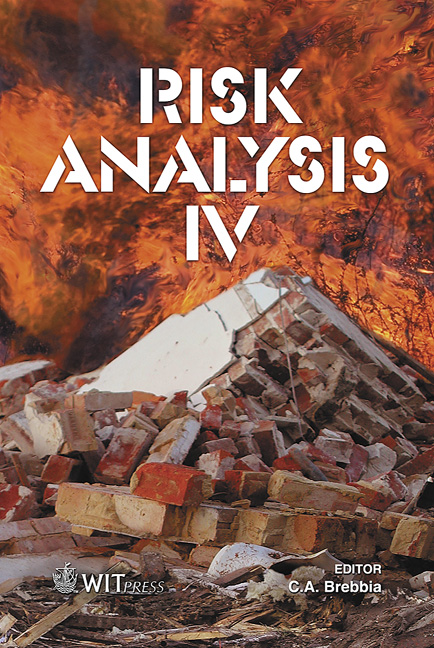Incremental Factor In Design Parameters For Important Structures
Price
Free (open access)
Transaction
Volume
77
Pages
8
Published
2004
Size
334 kb
Paper DOI
10.2495/RISK040031
Copyright
WIT Press
Author(s)
J. García-Pérez & O. Díaz
Abstract
This paper aims to provide a methodology to compute the seismic design coefficient increment for important structures. The approach is based on the total cost design criterion, including the initial cost as well as costs due to earthquakes. Three different sites are under study: a site close to a seismic source, a site distant from the source, and a third site at a moderate distance between these two. It is assumed that the incremental factor in the design parameter of important structures at one of the sites is optimum, and from that the corresponding factor at the other sites are computed. A single and several seismic sources are considered for the three sites under study. Results show that the incremental factor can vary according to the site seismicity. Keywords: spectral ordinates increment, importance factor, initial cost, optimization, total cost. 1 Introduction It is known that reliability for structures subjected to earthquakes must increase according to their importance. Several codes recognize this increment in their design spectral ordinates by multiplying the ordinates of ordinary structures by a factor, called importance factor, which is established mainly based on engineering judgment. Incremental factors in building codes are greater than unity, varying between 1 and 1.5 depending on the importance of the facility [1, 2]. A saturation phenomenon occurs close to a seismic source, consisting in that intensities remain constant as magnitudes of earthquakes increase indefinitely [3]. Intensities associated with greater magnitudes increase at a smaller rate than at sites far away from the source. A similar situation occurs at distant sites from
Keywords
spectral ordinates increment, importance factor, initial cost, optimization, total cost.





